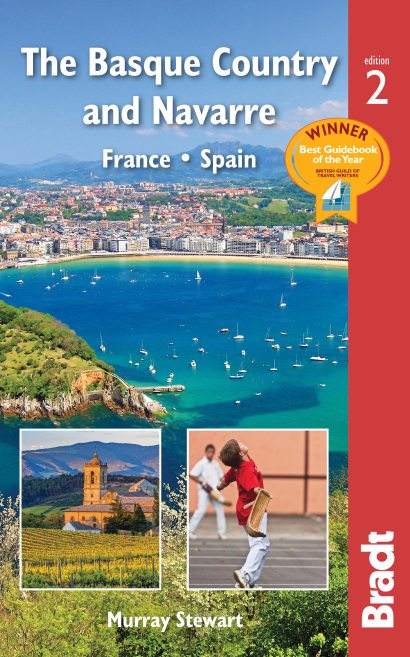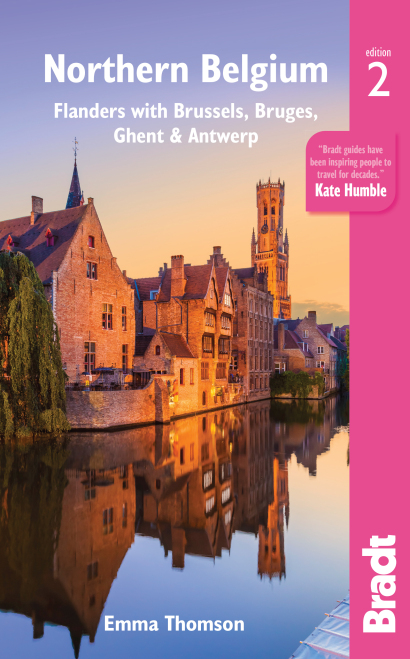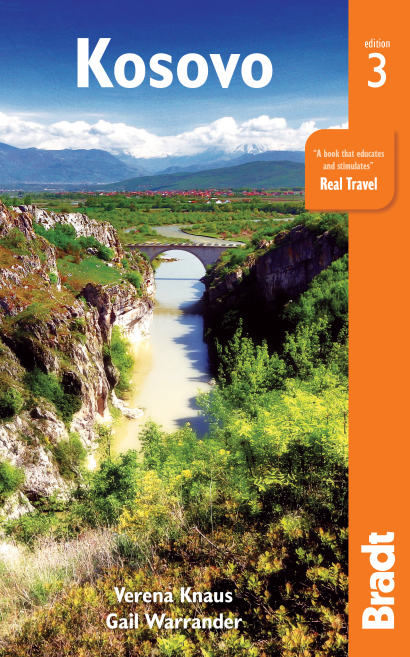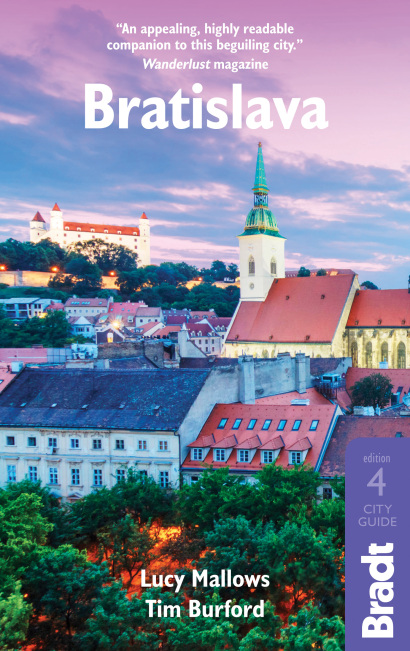One of the joys of visiting another city is the chance to come across quirky, surprising and unexpected buildings. Boasting far-out shapes, awe-inspiring designs, and unique styles, these are the ones not to miss.
Atomium, Belgium
Towering over the Heysel Plateau, Belgium’s answer to the Eiffel Tower is a set of silver balls representing an iron molecule magnified 165 million times.
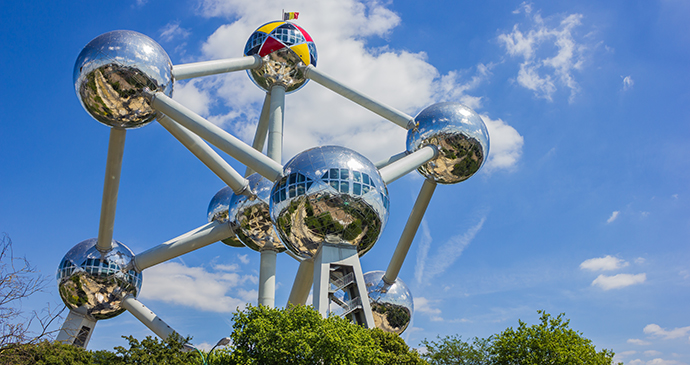
Built for the 1958 World’s Fair, the 102m-high sculpture was never intended to be permanent but has become such a familiar fixture on the Brussels skyline that €27.5 million was raised to fund its renovation in 2006. It now includes an exhibition centre, classy restaurant and panoramic viewing station.
Guggenheim, Bilbao
Bilbao’s spectacular Frank Gehry-designed Guggenheim is, of course, the headline act in the city. Bilbao and its surroundings in the Basque Country suffered in the 1980s as part of a global industrial decline, exacerbated by regional factors, but it has since sought to reinvent itself as a service economy.
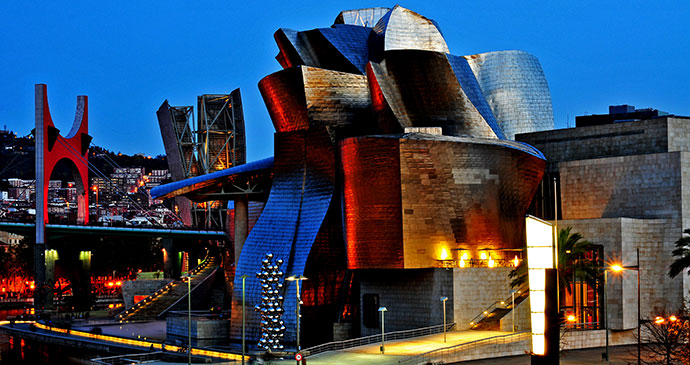
The ‘Guggenheim effect’ is held up as the flagship project in this process. The ‘botxo’ – the ‘hole’, as then-polluted Bilbao was once called – is no more.
Hallgrímskirkja, Reykjavik
One of the tallest buildings in Iceland, Hallgrímskirkja is a symbol of Reykjavik in its own right. Its architecture borrows from an ancient theme that honours a past hero, Hallgrímur Pétursson, by invoking nature with modernism.
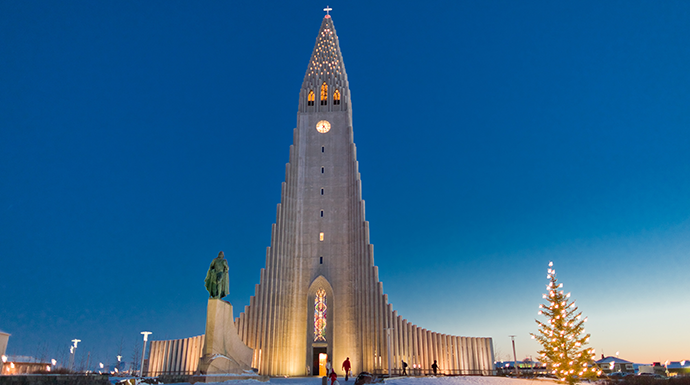
The design was finalised in 1937, construction began after the Second World War and the town was completed in 1974. It’s possible to climb to the top of this tower for an unforgettable panorama of Reykjavik.
Khan Shatyr, Astana
At 150m-high, the Khan Shatyr is the world’s largest tent, designed by British architect Norman Foster. Although from the outside the tent appears to be leaning precariously, on the inside you can clearly see the intricate and surprisingly attractive latticework of steel that supports much of the structure’s weight.
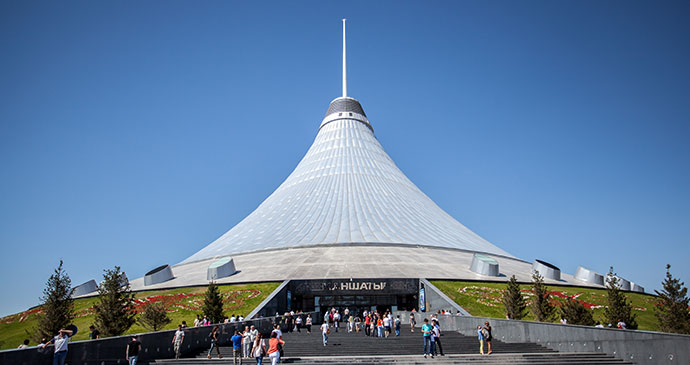
This view is not unlike the inside of a beehive, and the precision with which each glazed panel interconnects with the next is striking. The complex is maintained at 24°C year round and includes a waterpark, indoor canals with gondolas, a mini golf course, a miniature train, designer label boutiques, a cinema and spa, restaurants, apartments and a large central performance space.
National Library, Minsk
Opened by the president himself on 16 June 2006, this most unusual building in Belarus’s capital makes for a really eye-catching sight in all of its futuristic splendour.
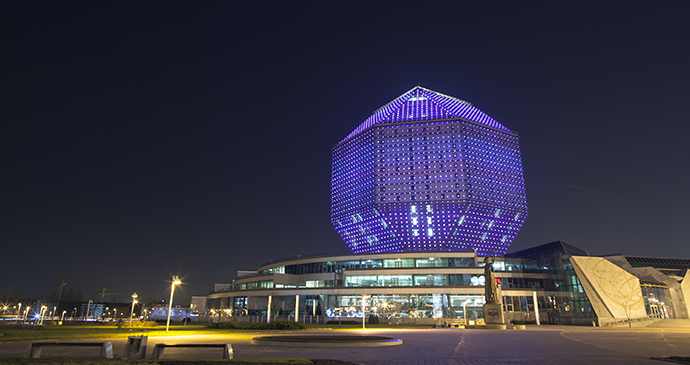
The correct term for its geometric shape is, apparently, a rhombicuboctahedron. Whatever the technicalities, it’s quite a sight.
National Library, Prishtina
The National Library at the heart of the university campus in Kosovo’s capital is one of the most architecturally interesting buildings in Prishtina, although not necessarily to everyone’s taste – a 2009 website classed it among the ten most ugly buildings in the world.
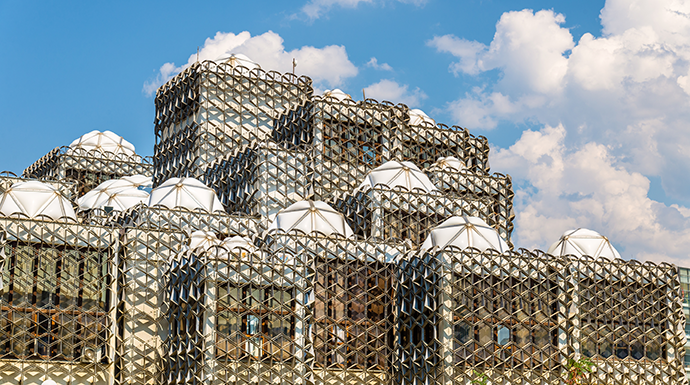
According to urban legend, the head of the Communist Party asked one of his aides at the official inauguration ceremony why the scaffolding had not been taken down.
Palace of Peace and Reconciliation, Astana
Taking the form of a pyramid, as a structure with no denominational connotations, the Palace of Peace and Reconciliation makes for an impressive sight. On a 15m-high earth-covered mound the 62m pyramid rises up, constructed of a steel frame, its lower levels covered in granite.
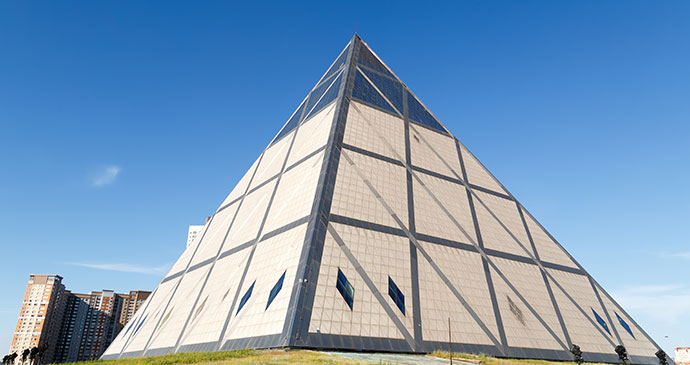
You enter from the east side of the structure, into the side of the mound. The first impression given on entering the pyramid is, like Doctor Who’s Tardis, one of much greater size inside than out. This is largely explained by the fact that the earth-covered mound is itself part of the structure.
Ryugyong Hotel, Pyongyang
Stabbing 330m high into the sky, the great unfinished Ryugyong Hotel can be seen from every viewpoint in the North Korean capital Pyongyang.
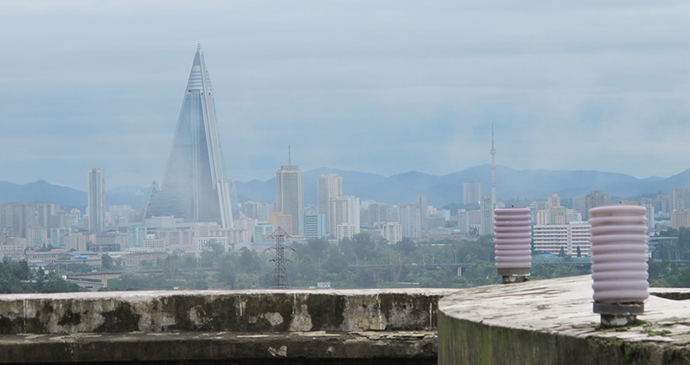
It has been speculated that this 105-storey pyramid inspired the Shard in London. Construction began in 1980 when Pyongyang hosted the World Student Games and, although recently clad in glass, it’s anyone’s guess as to when it will be finished.
The Blue Church, Bratislava
Although formally called the Church of St Elizabeth, this Art Nouveau building in Slovakia’s capital takes its name from the little ceramic tiles that cover its concrete edifice.
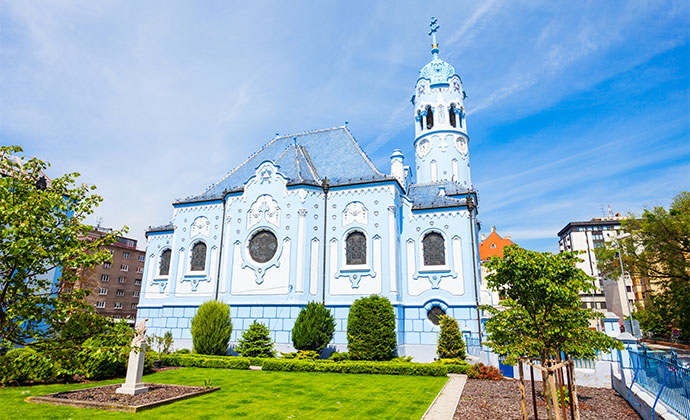
With its light blue ‘icing’ and decorative elements, this architectural masterpiece is considered the most beautiful church in Bratislava.
The Pineapple, Dunmore
Absolutely extraordinary, eccentric, witty and a brilliant creation, The Pineapple is a two-storey summerhouse built for the fourth Earl of Dunmore. The seamless stone blend from classical architecture to rampant fruit is magic, on a par with the fur coats turning to fir trees in The Lion, the Witch and the Wardrobe. It is also an elaborate joke.
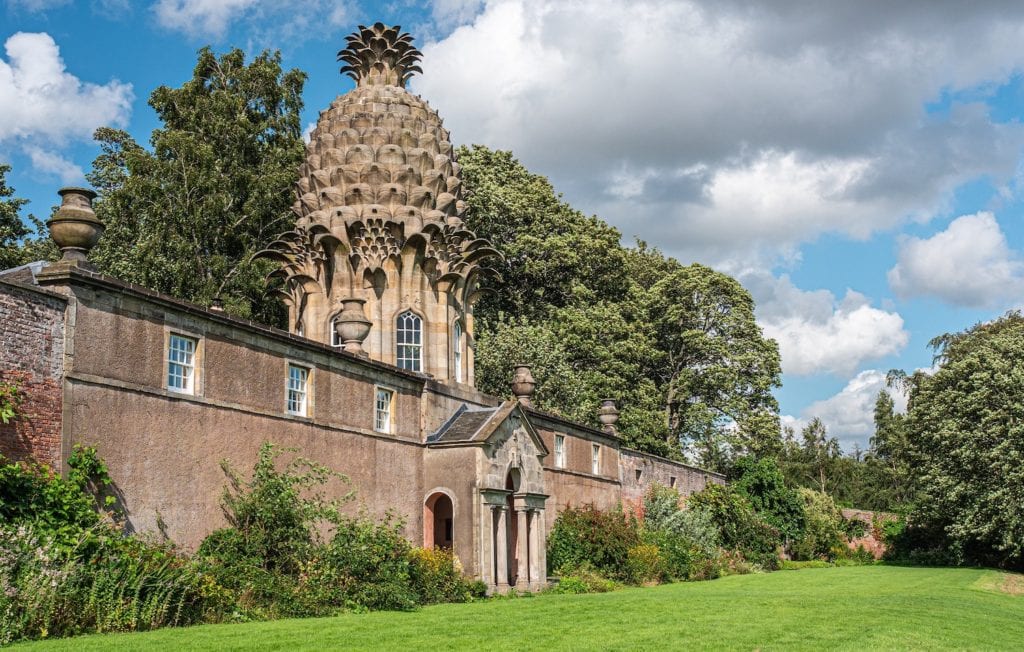
The fourth Earl of Dunmore was governor of Virginia where sailors used to stick a pineapple on a gatepost to announce their return home. Lord Dunmore’s attitude, on being forced home in 1777, was that as governor he would have the biggest pineapple of the lot to mark his own reluctant return. It is now owned by the National Trust for Scotland, and leased to the Landmark Trust. At the time it was built, pineapples were practically unknown in Britain.
UFO Tower, Bratislava
Built in 1972, the UFO Tower is the world’s longest cable-stayed bridge that has one pylon and one cable-stayed span.
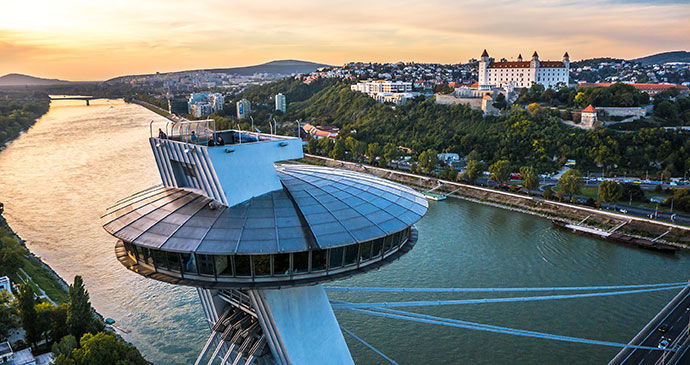
The asymmetrical structure has a main span length of 303m, and the unique attraction is the flying saucer-shaped object housing a restaurant, bar and lookout platform above.
More information
Inspired to take a trip? Check out our guides:
